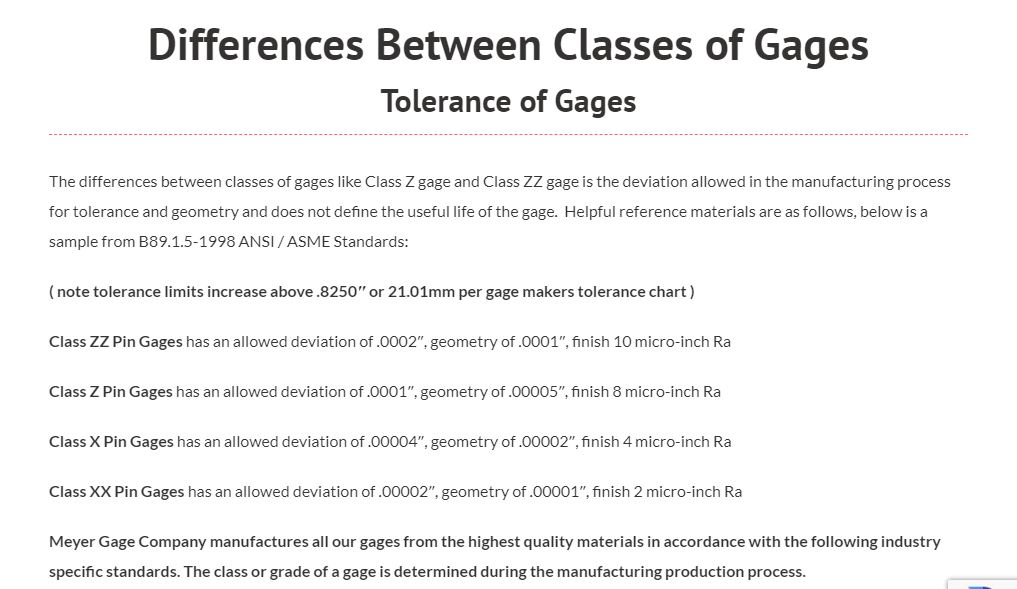The 911 floorpan layout is a carryover from the very first cars Dr. Porsche designed, and the factory's ideology to "not fix what ain't broke". As long as they were building race winning cars, there was no incentive to change. You do drive a 911 a little different than a mid-engined car, due to what racers call the "dumbbell" effect. Imagine a weightlifter's dumbbell, and how once it is spinning, it is hard to stop. This is due to the heaviest parts of the dumbbell being far from the center of where it is spinning. The same physics makes it harder to recover from a spinout in a 911 than with some other cars. You steer into the slide like you would if sliding on snow or ice. But chances are, you will over-correct in a 911, and get the car spinning in the opposite direction.
Let's consider two objects. One, a dumbbell , and the other a bar with the weight in the center. Both are rotating on their center of balance.

Largest areas of mass farther away from center of rotation Largest area of mass close to center of rotation
Now we have to stop the rotation. Figure A will be the most difficult of the two to do this, since it's mass is farther away from the center of rotation.
Now consider the placement of the motor in a slot car. The motor is the heaviest single component of the chassis. Let's call the guide flag post the center of rotation. Once the car enters a turn, it is beginning to rotate around that axis, and it will act like one half of the dumbbell.

And just like with the dumbbell, the farther from the center of rotation the major mass is, the harder it will be to stop the rotation.
So, with all this, one wonders why the motor has to be in the rear of the chassis at all? Tires need some downward force to get traction. That downward force comes from the weight of the motor. (Plus some from the body) It becomes a balancing act. You want enough weight in the rear to gain grip, but not so much as to make the car spin out of the slot through the dumbbell effect.
![]()
![]()





































































